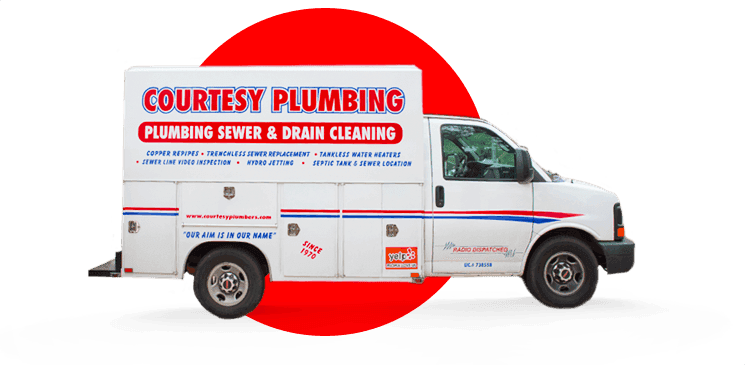Having clean water is a necessity for survival and a fundamental building block of a successful society. Modern plumbing practices have been able to create a better quality of life around the world by preventing diseases associated with water. However just because we’ve made leaps and bounds in modern plumbing doesn’t mean water conditions don’t exist. There is nothing more alarming then turning on the faucet only to have discolored water pour out of it. While discolored water could be a sign that there is a major plumbing problem, it can also be a quick simple fix. Here are three common water conditions and what to do about them.
#1 Brown Water
Brown water is a common water condition that usually caused by minerals, sediments, or rust deposits that can build up in the water main over time. Some water mains are made of iron, which over time can rust. This debris can enter your water supply when there is a disturbance to the water flow from a variety of sources: construction, fire hydrant usage, basically anything that can change the flow or speed of the water. Usually, brown water will clear up on its own if its an ongoing issue then you may want to check the condition of the supply pipe to your home. If you find yourself waking up to this less than appealing water condition here are some tips:
- Avoid drinking the water, while it may not be harmful you really just don’t know what its effect could be to your health.
- Don’t run hot water to prevent dirty water from infiltrating your water heater tank.
- Run cold water from your faucets about a half-hour after your initial discovery. If the water runs clean you will want to run cold water from all of your faucets to clear away any remaining dirty water.
- If the situation does not correct itself, call your plumber.
#2 Water Has a Chemically or Plastic Smell or Taste to It
This is another common water condition that is usually caused by the faulty installation of a major appliance, like a dishwater or washing machine. Usually, a dishwater or washing machine will have a direct connection to the mains water supply, all connections should have a single check valve or non-return valve that prevents water from traveling back up the hose and into the main water supply where it can reach the kitchen tap. Installing a single check valve will prevent the water from re-entering the water supply and alleviate any chemically or plastic smell or taste to your water.
#3 Cloudy Water
Cloudy water is another water condition that can be alarming. However, it is usually a result of tiny air bubbles. If the faucet hasn’t been used in a while air can build up, especially if the water was turned off for repairs. Cloudy water will usually clean up on its own, however, if it’s an ongoing issue there could be deposits in your water. If this is the case you should call your plumber.
Not sure what to do about one of these common water conditions? Contact Courtesy Plumber today!



